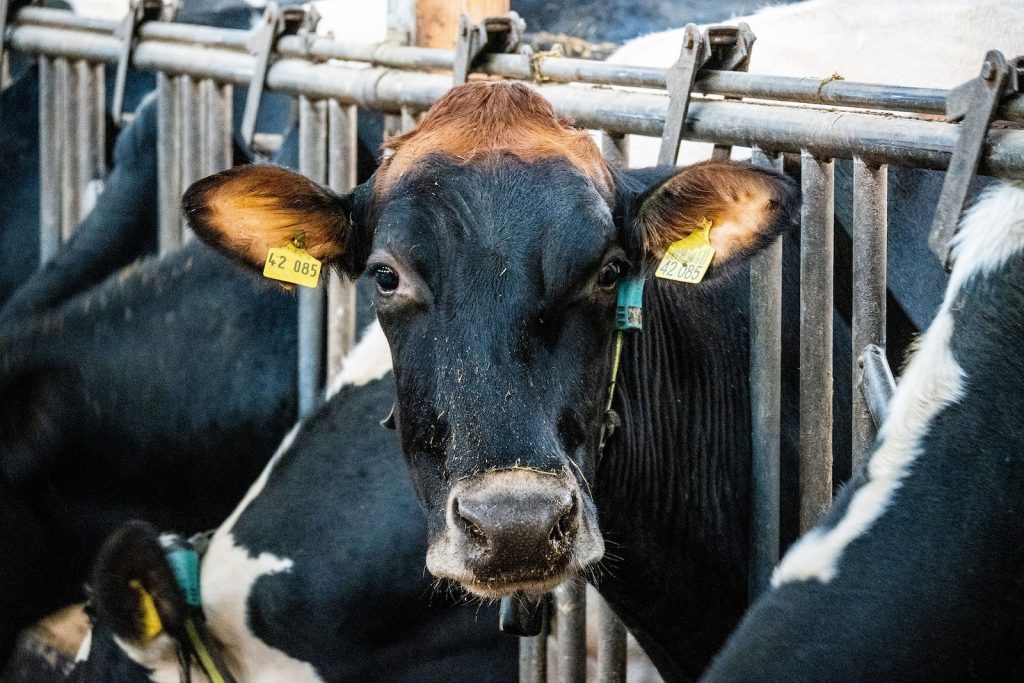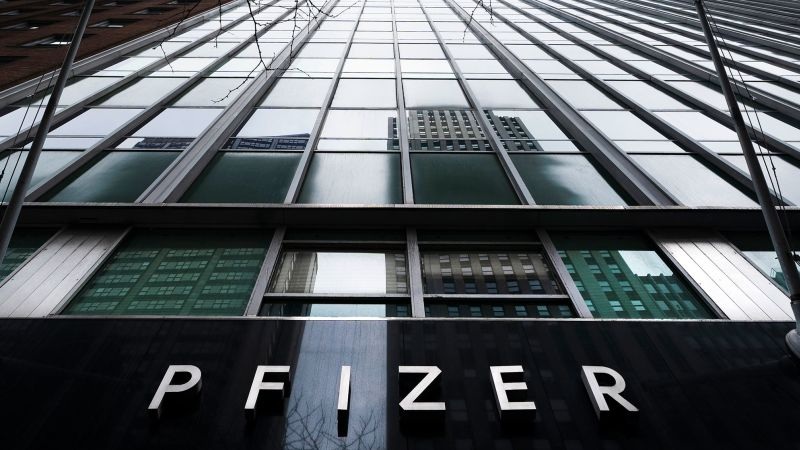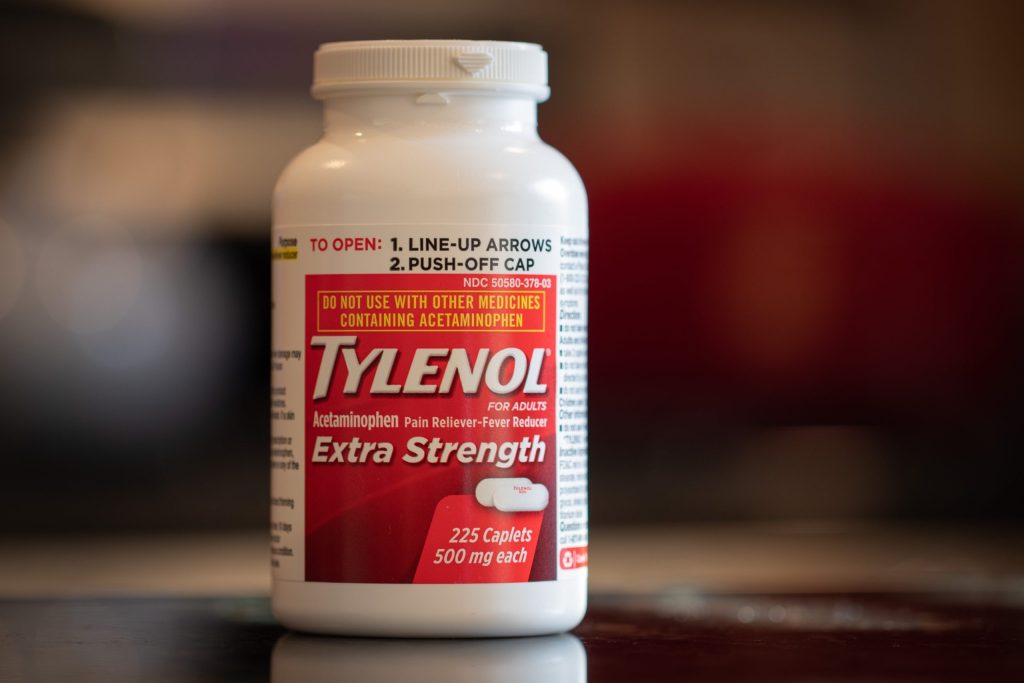By early February, a quiet but deeply troubling shift in the landscape of American public health had begun to unfold. Six dairy herds in Nevada tested positive for a strain of bird flu that virologists have linked to a human fatality in Louisiana earlier this year. But this was no ordinary strain—it was D1.1, a variant of the highly pathogenic H5N1 virus. And its presence in cattle marked an alarming first.
Until now, bird flu’s incursions into mammals were rare, often ending with isolated infections or dead-end transmissions. But D1.1’s leap into dairy cows—confirmed to have come directly from wild birds—has raised the specter of something far more intractable: an endemic viral reservoir in a cornerstone of the American food supply.
“In my opinion, it is now endemic, and it should be classified as an endemic virus,” said Dr. Louise Moncla, a veterinary pathobiologist at the University of Pennsylvania. Her assessment, shared in an interview with CNN, suggests we may be on the brink of a new, chronic public health challenge—one that’s already spreading quietly through animal populations with little resistance and less scrutiny.
This particular variant is no stranger to danger. It was responsible for the death of a man in Louisiana in January and previously hospitalized a Canadian teenager in critical condition last fall. Unlike earlier outbreaks, which largely affected poultry and occasionally wild mammals, the infiltration of cattle suggests an unsettling new level of viral adaptability.
Michael Worobey, a University of Arizona evolutionary biologist who has closely studied the virus’s trajectory, has warned of the stakes. “[H5N1] could make COVID seem like a walk in the park,” he told Fortune. His concern is not just about pathogenic potential—but about transparency. Without timely public data and government coordination, the opportunity to control a new epidemic narrows quickly.
That coordination, however, may already be slipping. In late January, the Trump administration issued a sweeping order to halt communications from the Centers for Disease Control and Prevention, including its Morbidity and Mortality Weekly Report, the agency’s primary outlet for disseminating vital public health information.
Meanwhile, the virus’s footprint grows. According to the USDA, H5N1 has now been detected in 957 herds across 16 states—a staggering number that casts a long shadow over the dairy industry.
Major corporations tied to milk production are quietly monitoring the situation. Coca-Cola, which owns Fairlife and Core Power under its portfolio of more than 80 dairy products, could be vulnerable to supply disruptions or price shocks. Hershey, too, faces exposure, given the centrality of milk to its chocolate production. And General Mills, which owns brands like Häagen-Dazs, Yoplait, and Oui, has much at stake as the virus threatens the stability of its dairy sources.
The notion of cows becoming a viral vector for a disease once thought confined to birds was, until recently, the stuff of distant hypotheticals. But D1.1 has erased that line. What happens next may depend not only on the virus’s biology—but on the government’s willingness to confront it in time.






